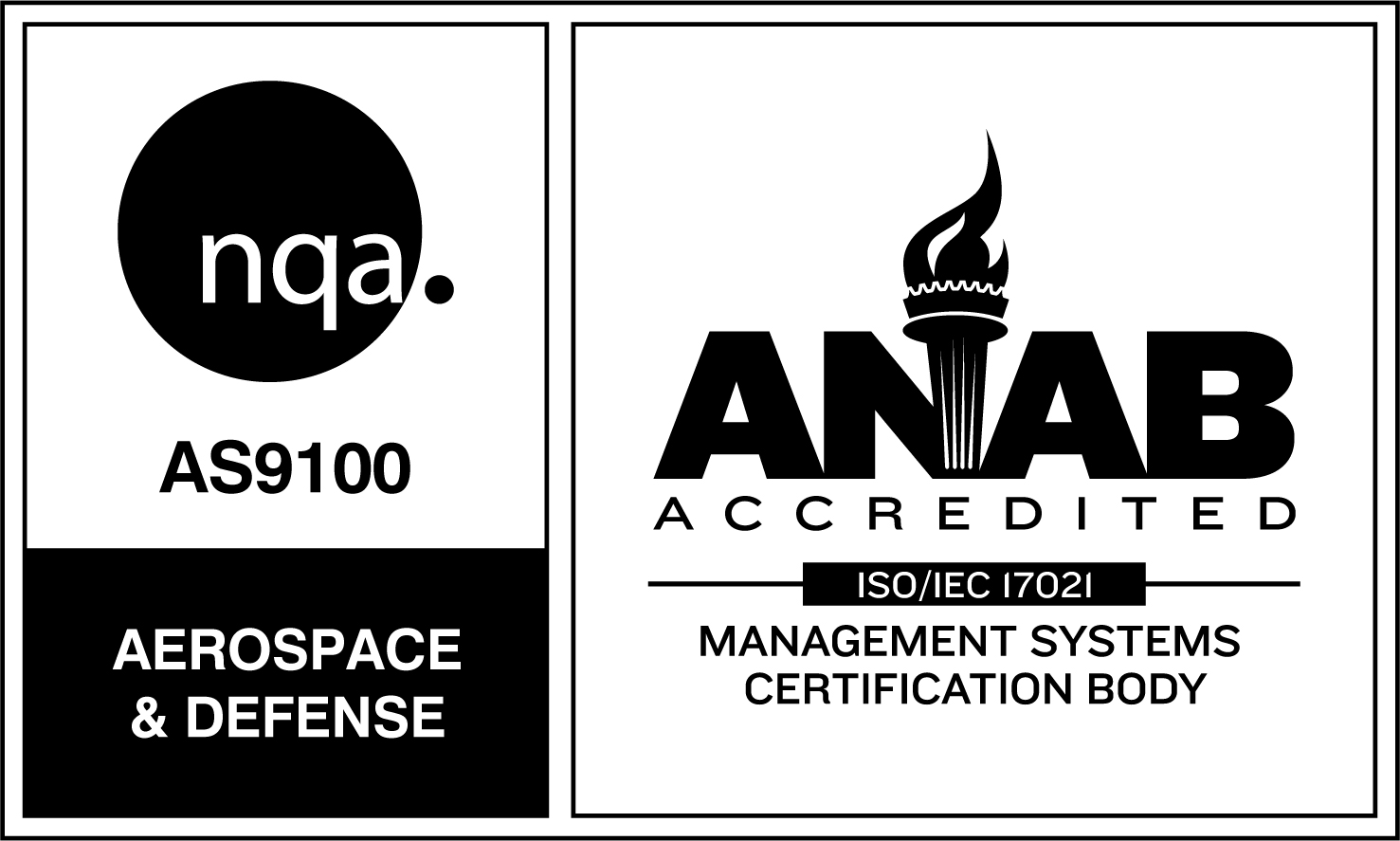Case hardening is a key step in the manufacturing process of a wide variety of products. Sheet metal screws need case hardening to penetrate steel without shattering. Lock components need to be hardened to protect them from damage over time. And jet engine parts often require hardening to ensure they’re reliable under extreme conditions.
What is case hardening?
As the name implies, case hardening is a process that places a tough shell over a comparatively soft metal. Metallurgical hardness refers to a material’s ability to resist changes from exposure to abrasives, compressing forces, and impacts. Surface hardening can be an important step in the manufacturing process of any component that must withstand demanding working conditions.
A metal’s hardness comes with a tradeoff. The flexibility of a component diminishes as hardness increases. A component that is very hard throughout its structure may also be too brittle for applications where case-hardened components are needed.
Case hardening involves introducing carbon, nitrogen, or boron into the top layer of metals like iron, low-carbon steel, and steel alloys. The diffusion process is conducted at high temperatures, allowing the hardening material to penetrate the topmost layer of the underlying component. The molecular structures of the underlying metal and the hardening compound ensure diffusion only to a shallow layer of up to 1.5 mm in depth. This allows the underlying, softer material to retain its pliability so the component’s surface can withstand abrasions and blows while the component as a whole can flex without breaking.
The types of case hardening
Modern metallurgy uses several techniques to harden component surfaces. A component’s materials and engineering requirements determine the appropriate hardening technique. The list below captures the most common process categories for case hardening. What differentiates the categories is largely a question of chemistry and required temperatures. Many of the techniques below can be conducted in a variety of ways, from application with hand-held torches to enclosing components in a computer-controlled vacuum furnace.
- Carburizing is a technique blacksmiths have known for centuries. Used to harden steel components, carburizing involves placing a part in a carbon-rich environment at high temperatures.
- Induction hardening can be used with steel containing sufficient native carbon content. As the name suggests, induction hardening involves quickly heating the component surface to trigger the development of a hard shell of martensite on the steel surface. The shell is fixed by rapidly cooling the component once the case has formed.
- Nitriding takes place within an enclosed furnace filled with an atmosphere of ammonia gas and other elements. A case of nitrides has the double benefit of being strong and relatively free of distortions that other techniques can introduce. When a component has been machined to precise specifications, nitriding can be a smart strategy for hardening the component while leaving its shape completely unchanged.
- Carbonitriding involves a gas mixture of ammonia and hydrocarbons that can produce harder, shallower cases than carburizing techniques. Carbonitriding can be the right choice for components that will be subjected to high operating temperatures or that will be used in critical applications.
Thermal-Vac is a one-stop shop for manufacturers.
Case hardening is often just one step in a chain of manufacturing processes. Some components
undergo copper plating or other preparatory processes before undergoing localized hardening. Others may need to be heat treated after hardening. Thermal-Vac provides a one-stop shop for a variety of surface treatments as well as brazing, heat treating, plating and coating, and much more. Our in-house team of engineers works with customers to ensure every component will meet design goals.
Are you searching for case-hardening solutions? We have them. Give Thermal-Vac a call to start a conversation.


